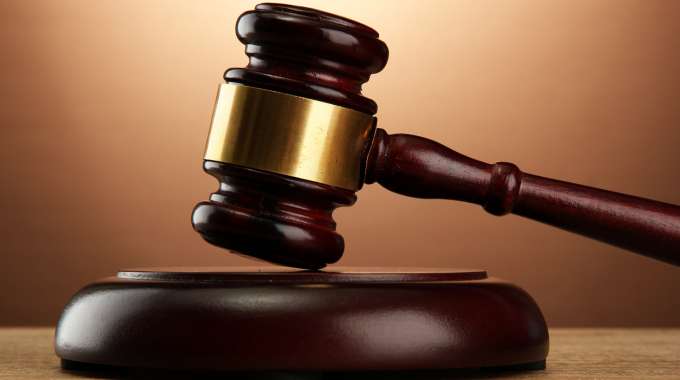Chief Justice saga: Supreme Court on trial

Daniel Nemukuyu Senior Court Reporter
UNIVERSITY of Zimbabwe law student Mr Romeo Zibani is back in the courts, now challenging the constitutionality of a Supreme Court bench that validated Judicial Service Commission (JSC) public interviews to select the country’s next Chief Justice.
Chief Justice Godfrey Chidyausiku retires on Tuesday.
Two weeks ago, Mr Zibani failed to file heads of argument in a case in which the JSC sought to overturn a High Court judgment stopping the interviews.
To that end, the three-member bench of the Supreme Court shut him out and barred him from participating.
The High Court judgment was then quashed and an order validating the JSC process was issued.
Yesterday, Mr Zibani was back at court with a constitutional application seeking an order declaring illegal the appointment of retired Supreme Court judge Justice Vernanda Ziyambi during the JSC appeal.
This was after several judges recused themselves from the appeal case.
Mr Zibani’s application was filed by Venturas and Samukange Legal Practitioners.
President Mugabe, Vice President Emmerson Mnangagwa, outgoing Chief Justice Chidyausiku and Justice Ziyambi are listed as respondents in the fresh application.
Zibani argues that the Constitution states that only people below 70 years can be appointed judges.
Since Justice Ziyambi retired after turning 70, her recall to sit as the third judge in the JSC appeal, Mr Zibani argued, was unconstitutional.
“I submit that the fourth respondent (Justice Ziyambi) was not legible for the appointment, having reached the age of 70 years and having retired in 2016,” said Mr Zibani.
“Her appointment was therefore unconstitutional. The appointment is in contravention of Section 186 (2) of the Constitution,” reads Mr Zibani’s founding affidavit.
Section 186 (2) relied upon by Mr Zibani reads: “Judges of the Supreme Court, the High Court and any other judges hold office from the date of their assumption of office until they reach the age of 70 years, when they must retire.”
Mr Zibani stated in his affidavit that the Chief Justice acted unlawfully in appointing Justice Ziyambi.
“The Chief Justice, I submit with respect, acted unconstitutionally by appointing a retired judge who was not legible for appointment,” he said.
“The Chief Justice must have been aware of Section 186(2) of the Constitution, but nevertheless decided to abuse his office by making an unlawful and unconstitutional appointment and purported to act in terms of the Constitution,” he argued.
He said the court was not properly constituted because only two qualified judges, Justices Ben Hlatshwayo and Bharat Patel, sat for the matter when the Supreme Court requires at least three judges.
“I submit further that when the Supreme Court sat to hear my case on February 13 2017, it was not properly constituted as there were only two judges qualified to hear the case.
“The sitting did not constitute a Supreme Court bench as is required by law and therefore, the judgment by that ‘court’ is a nullity,” he said.
Chief Justice Chidyausiku, through a letter dated February 6 2017, appointed Justice Ziyambi as Acting Judge of both the Supreme and Constitutional Court for a year.
“This minute serves to advise you that I hereby appoint you an Acting Judge of the Constitutional Court of Zimbabwe with effect from 06 February 2017 to 05 February 2018,” read the letter.
“The appointment is made in terms of Section 166 (2) of the Constitution of Zimbabwe.
“This minute also serves to advise you that I hereby appoint you an Acting Judge of the Supreme Court of Zimbabwe with effect from February 6 2017 to February 5 2018.
“The appointment is made in terms of Section 168 of the Constitution of Zimbabwe,” reads the letter.
Section 166(2) relied upon by the Chief Justice to appoint Justice Ziyambi to the Constitutional Court reads:
“If the services of an acting judge are required on the Constitutional Court for a limited period, the Chief Justice may appoint a judge or a former judge to act as a judge of the Constitutional Court for that period…”
Section 168 (2) used in the appointment of Justice Ziyambi to the Supreme Court reads:
“If the services of an additional judge are required on the Supreme Court for a limited period, the Chief Justice may appoint a judge of the High Court, or a former judge to act as a judge of the Supreme Court for that period.”









Comments